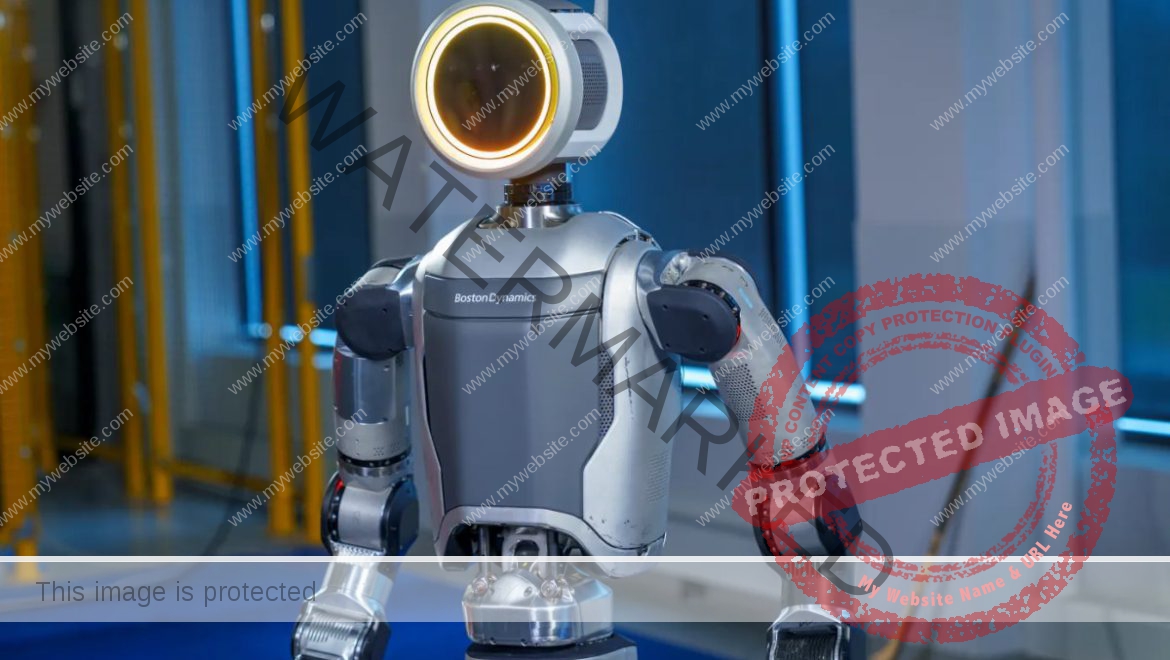Google lays off staff from Flutter, Dart and Python weeks before its developer conference | TechCrunch
Ahead of Google’s annual I/O developer conference in May, the tech giant has laid off staff across key teams like Flutter, Dart, Python and others, according to reports from affected employees shared on social media. Google confirmed the layoffs to TechCrunch, but not the specific teams, roles or how many people were let go.
“As we’ve said, we’re responsibly investing in our company’s biggest priorities and the significant opportunities ahead,” a Google spokesperson said. “To best position us for these opportunities, throughout the second half of 2023 and into 2024, a number of our teams made changes to become more efficient and work better, remove layers, and align their resources to their biggest product priorities. Through this, we’re simplifying our structures to give employees more opportunity to work on our most innovative and important advances and our biggest company priorities, while reducing bureaucracy and layers.”
The company clarified that the layoffs were not company-wide but were reorgs that are a part of the normal course of business. Affected employees will be able to apply for other open roles at Google, we’re told.
In one X post, a PM from Flutter and Dart said the layoffs had affected “a LOT of teams,” and that “lots of great projects lost people.”
“We’re sad, but still cranking hard on I/O and beyond,” wrote Google PM Kevin Moore in the Flutter development community on Reddit, where he added that Flutter and Dart weren’t affected any more or less than other teams. “We know ya’ll care SO MUCH about the project and the team and the awesome ecosystem we’ve built together. You’re nervous. I get it. We get it. You’re betting on Flutter and Dart. So am I. So is Google,” he said.
Google also told TechCrunch that Flutter will have new updates to share at I/O this year.
In a separate post on Reddit, another commenter noted the Python team affected by the layoffs were those who managed the internal Python runtimes and toolchains and worked with OSS Python. Included in this group were “multiple current and former core devs and steering council members,” they said.
Meanwhile, others shared on Y Combinator’s Hacker News, where a Python team member detailed their specific duties on the technical front and noted that, for years, much of the work was done with fewer than 10 people. Another Hacker News commenter said their early years on the Python team were spent paying down internal technical debt accumulated from not having a strong Python strategy.
“…despite the understaffing, we had managers who were extremely good about maintaining work/life balance and the ‘marathon, not sprint’ approach to work. As I said in another comment, it’s the best job I’ve ever had, and I’ll miss it deeply,” they wrote.
“Python was one of the very first languages used widely at Google. It was the last major backend language to get a language team,” the user, gpshead, also said.
Though Google didn’t detail headcount, some of the layoffs at Google may have been confirmed in a WARN notice filed on April 24. WARN, or the California Worker Adjustment and Retraining Notification Act, requires employers with more than 100 employees to provide 60-day notice in advance of layoffs. In the filing, Google said it was laying off a total of 50 employees across three locations in Sunnyvale.
On social media, commenters raised concerns with the Python layoffs in particular, given the role that Python tooling plays in AI. But others pointed out that Google didn’t eliminate its Python team, it replaced that team with another group based in Munich — at least according to Python Steering Council member Thomas Wouters, in a post on Mastodon.
“It’s a tough day when everyone you work with directly, including your manager, is laid off — excuse me, ‘had their roles reduced,’ and you’re asked to onboard their replacements, people told to take those very same roles just in a different country who are not any happier about it,” he said in a Mastodon post last Thursday.
Google said it would support all affected employees, in line with local requirements, by providing them with time to search for different roles at Google or elsewhere, access to outplacement services and severance.

















